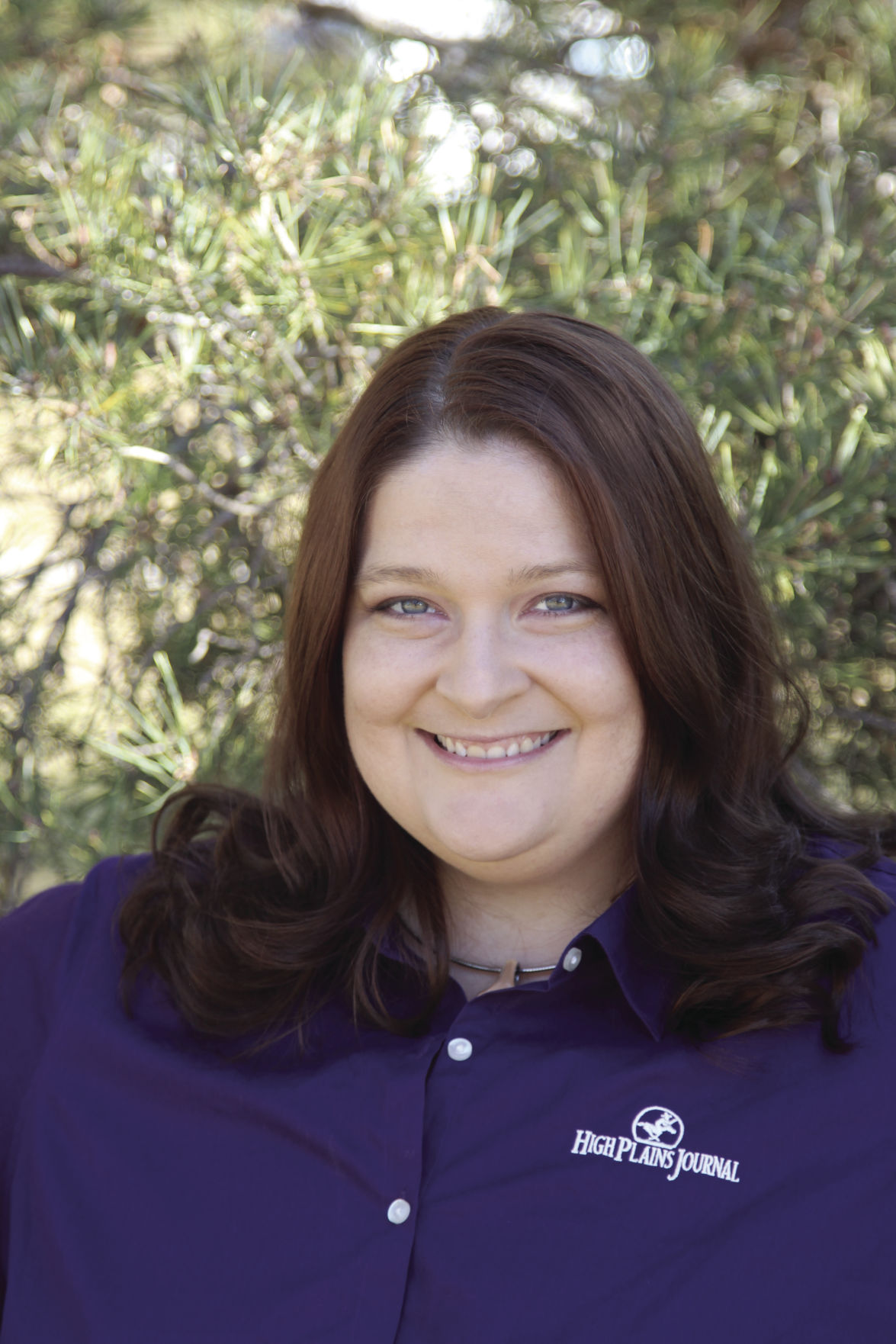When I started writing this column 20 years ago, I struggled deciding on a name.
It needed to be catchy, and simple, and yet have some sort of agricultural theme. I settled on “Common Ground” because no matter what region of the High Plains coverage area readers may hail from, no matter their tractor color, their preference for steak doneness or their political philosophies, everyone reading this paper has some commonalities.
They’re involved in producing the food, fiber, feed and fuel for this nation and the world.
They want to build a legacy for their families to take pride in and to continue when it’s their time.
They have a respect for their duty to the land and livestock entrusted in their care.
And they at times mourn, laugh, and ponder at the cycle of farming.
Now after 20 years as a professional in agricultural communications, I have to admit I’m no longer the bright and shiny optimistic penny I was in my youth. You might say I’ve matured (it sounds much better than “grizzled”). I used to think that there was a right way and a wrong way to producing and marketing commodities. But now, I know that farmers do what’s right for their farms and their families, despite what their neighbor down the road does and what he posts on Twitter. But still, everyone is doing his or her best, with the resources he or she have to use.
It’s that common ground they still share.
As I write this, in the first weeks of 2021, I know finding the common ground is more difficult than ever for some.
Boy, do I know this.
But we’re going to have to find it quickly if we’re going to be able to build a future for American farmers, ranchers and those who rely on them.
Consider this week’s American Farm Bureau Federation annual convention, held completely virtual for the first time in the history of the organization. During several sessions the Farm Bureau economists and political experts provided insight into the short- and long-term agricultural policy and economic trends. And many made the practical and logical case that if agriculture isn’t at the table, it’s going to be served on the table for dinner.
That means finding some sort of common ground on a path toward quantifying and capturing the economic value of voluntary farm practices that can help fight climate change. No matter if one thinks it’s hooey or not.
It means understanding that the optics of $40 billion or more in ad hoc disaster payments in 12 months may not play so well in 2023 when the farm bill is up for renegotiation and approval. And realizing that to pass that future bill, it’s going to take much more than just farm country votes.
It means realizing that consumers of American agricultural products may not look like us, pray like us, love like us or act like us, but they too share some of our commonalities. They too want to take care of their families. They too care about the environment. They too at times mourn, laugh and ponder—just maybe not from the seat of a tractor or a saddle.
Are there differences? Yes, you bet. But are they insurmountable?
Only if we completely ignore that common ground we share and instead focus completely on the differences. If we spend our days steeped in hate, anger, and derision, we aren’t going to build coalitions agriculture will need for the next 20 years and beyond.
I’m not the naïve writer I was in 2001. I know that there will be many who disagree, and say that there is no room in their hearts for compromise. That’s their choice. I respect them for that.
But I also see that those who find the common ground, who have a willingness to listen and learn from those they oppose, sometimes come out better for it in the long run.
It doesn’t mean they gave up all of their principles. It just means they found a piece of common ground they could stand on with their neighbor.
Jennifer M. Latzke can be reached at 620-227-1807 or [email protected].

